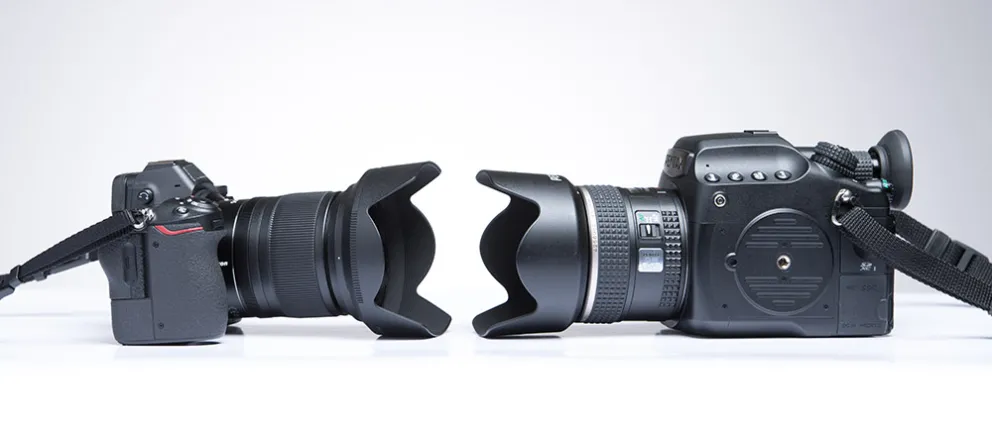
(photos and text by Matt Cashore) Matt Cashore is Senior University Photographer at the University of Notre Dame and editor of the UPAA blog and the outstanding jokes at the end of each article. This is the 7th and last in a series of articles on mirrorless cameras in the wake of the legacy manufacturers entering the mirrorless market. A digest of the series:
Part 1: Initial impressions from Gerry Raymonda on the Canon EOS R and Jeff Miller on the Nikon Z7
Part 2: In-depth review from Roger Hart after a month with the Z7
Part 3: In-depth review from Louis Brems who switched from DSLRs to the Sony mirrorless system
Part 4: In-depth review from August Jennewein who went all-in on the Fuji mirrorless system
Part 5: In-depth review from Todd Johnson on the Olympus mirrorless system
Part 6: First impressions on the Nikon Z6 from Robert Jordan
In this article the Nikon Z7 mirrorless camera goes head-to-head in an image quality comparison with the Nikon D850 DSLR and Pentax 645Z digital medium format camera.
In 2017 I did a side-by-side shootout comparing the image quality from various sizes of camera sensors I regularly used at the time. You can read the original post here, but the quick summary is that the 51MP Pentax 645Z medium format digital was the clear winner. The 36MP D810 was a respectable runner-up, but that test convincingly showed that bigger sensors delivered better detail. Keep in mind, though, that it was not a "what is the best camera sensor, period?" test, but rather simply a ranking of the tools at my disposal at the time.
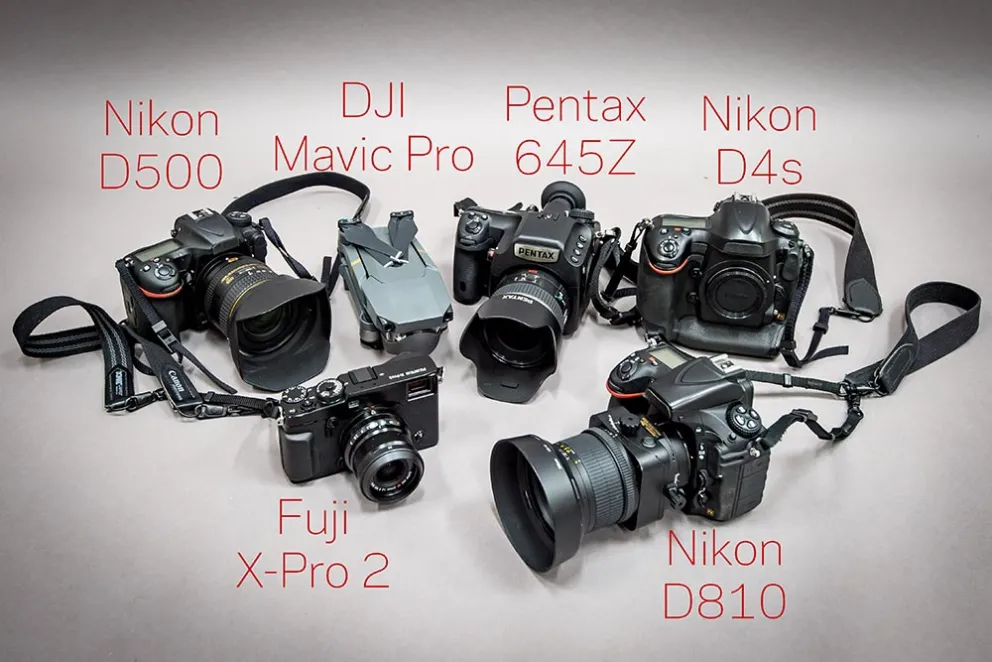
In 2017 I compared image quality from a variety of sensors ranging from medium format to the tiny sensor in the Mavic Pro drone. The Pentax 645Z's physically larger sensor and greater megapixel count made it the clear winner at that time.
Since that first test, I replaced the D810 with the D850 DSLR and just recently added the Z7 mirrorless. Both Nikons have 47MP full frame sensors. Were these higher megapixel sensors more of a match for the physically larger Pentax 645Z digital medium format sensor? Is the Z7 as good as medium format digital? Can a flyweight take on a heavyweight? Can it take the title from the champ??
<cue the boxing ring bell> LLLLLET'S GET RRRREADY TO RRRRRRUMMBLLLLLE!
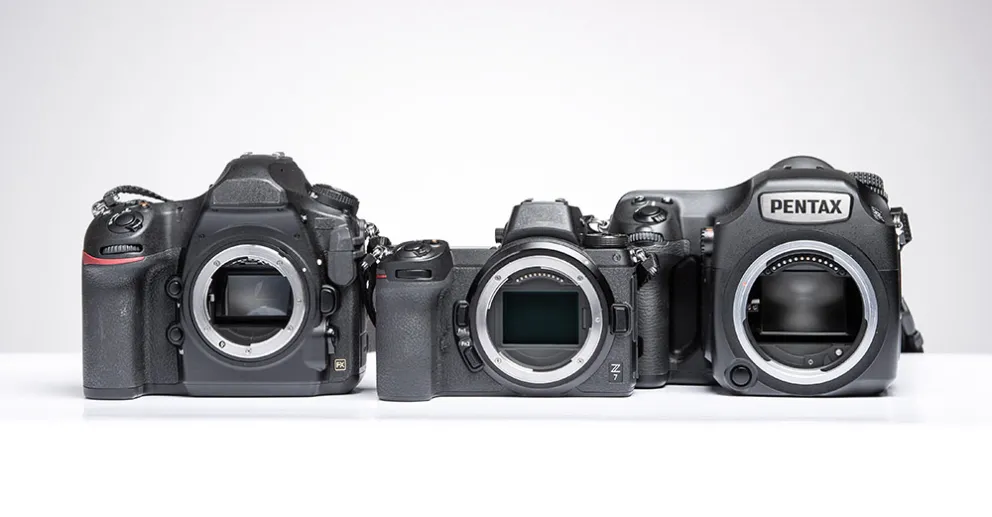
"One of these things is not like the others..." For the rematch, the 47MP mirrorless Nikon Z7 (center) went up against both the 47MP Nikon D850 (left) and the reigning champ: The 51MP Pentax 645Z medium format digital (right).
Interestingly, all 3 sensors have exactly the same number of horizontal pixels in their output file: 8256. But the Pentax's 44x33mm sensor means each light-gathering 'bucket' is about 20% larger than those on Nikon's 36x24mm sensor. In theory, the Pentax sensor's larger photosites should mean less noise and more dynamic range than the Nikon sensors.
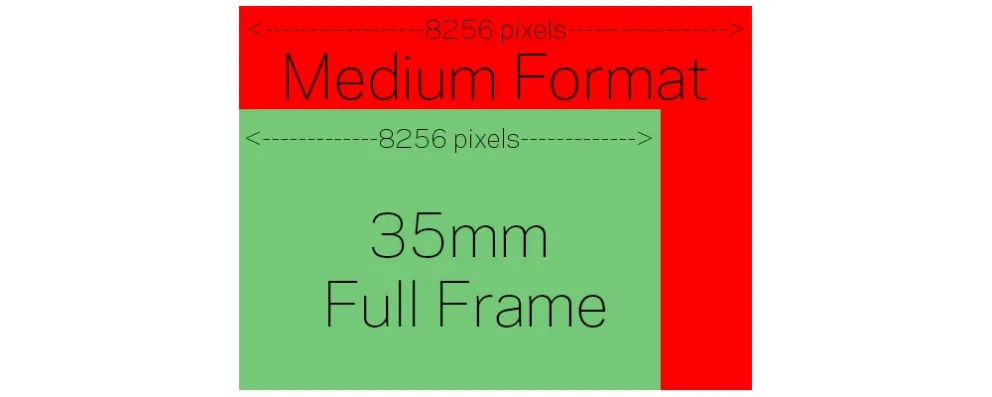
A relative size comparison of the medium format sensor in the Pentax 645Z. (Fuji GFX cameras and Hasselblad X1D have the same sensor dimensions.) The 645Z, D850 and Z7 produce files with exactly the same number of horizontal pixels, but the photosites on the medium format sensor are ~20% larger.
Disclaimer time:
1: There might be sharper lenses for each camera but these made it easy to have the same field of view for all.
2: I'm not a post-processing expert, so as I said in my previous test, others may be able to wring out more from each camera.
3: This is not a 'best overall sensor' or 'best overall mirrorless' test, as any such test would have to include Sony, Canon, etc. as well as the Hasselblad X1D and Fuji GFX series medium format mirrorless cameras. This test is simply a re-examination of the tools at my disposal and how they stack up against one another in terms of delivering detail.
4. This is only a test of the sharpness, detail and noise handling of the sensors. AF performance was not a factor in this test, for instance, nor was there any subjective evaluation of things like ergonomics or the "look" of medium format vs 35mm full frame.
Round 1: Outdoors, bright daylight
All three cameras were shot at their lowest native ISO, (64 for the Nikons, 100 for the Pentax) on a tripod, with similar focal length and the lens 2 stops below wide open. The Pentax used the 55mm f2.8 lens (equivalent of 43.5mm in 35mm full-frame), the D850 was paired with the 24-70mm f2.8 VR lens, and the Z7 used the 24-70mm f4 kit lens. I processed each file with Adobe Camera Raw as I typically would with a day-to-day job.
Each file looked more or less like this un-cropped (Pentax file has a little more area top-to-bottom but it was not relevant to the test):
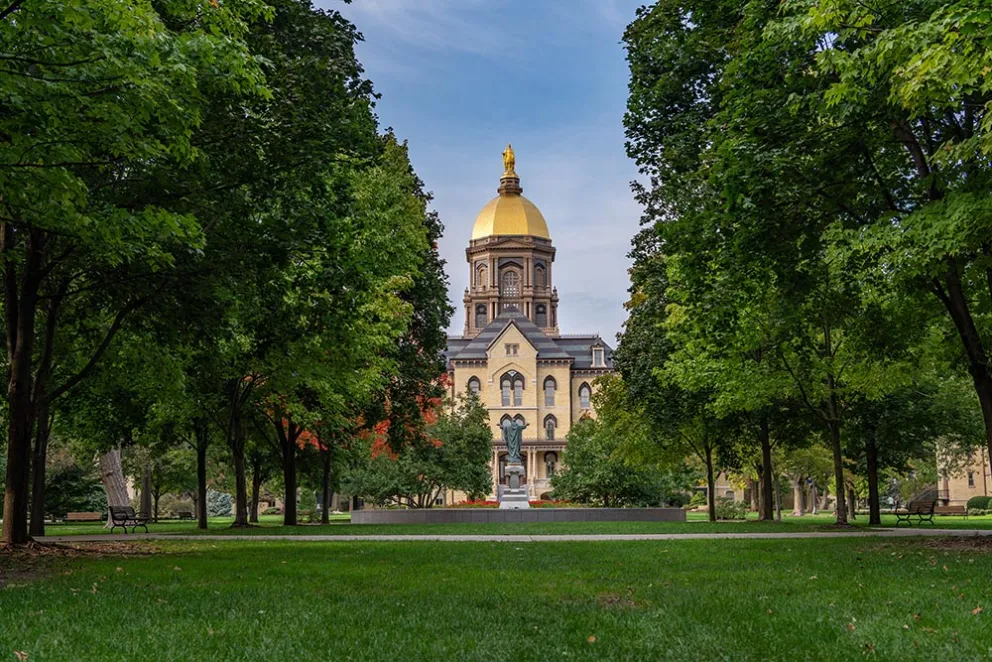
Main Quad at Notre Dame
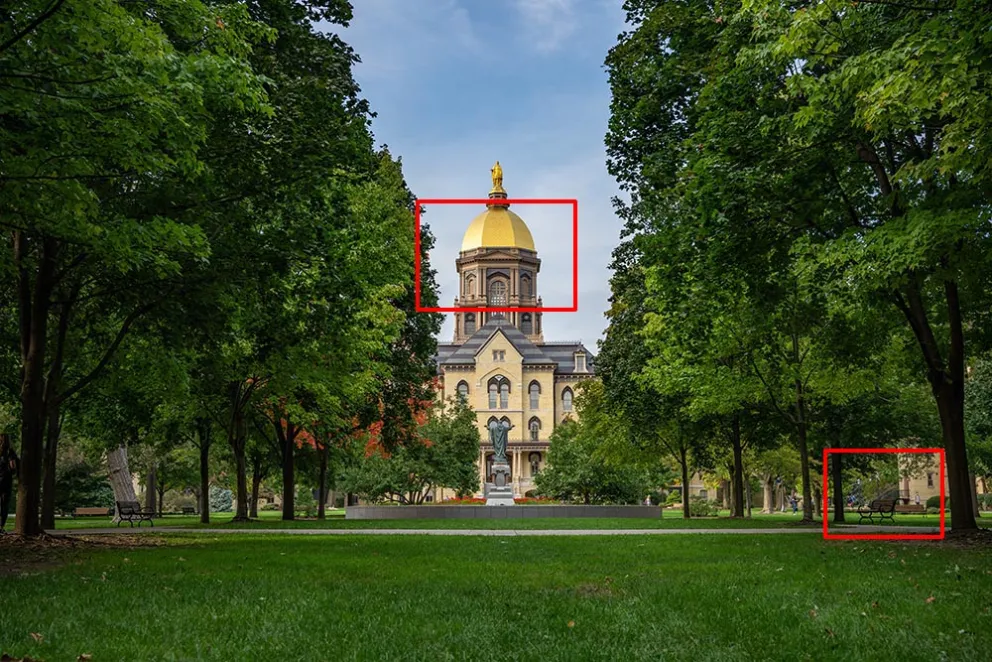
Enlarged areas of the detail photos below shown in the red boxes
Results? Unfortunately we can't pixel-peep a full size raw file on this blog, so this is just my own opinion from my own pixel-peeping. At the center of the frame, the Pentax is clearly showing the best detail, with the D850 in second and the Z7 a very close third.
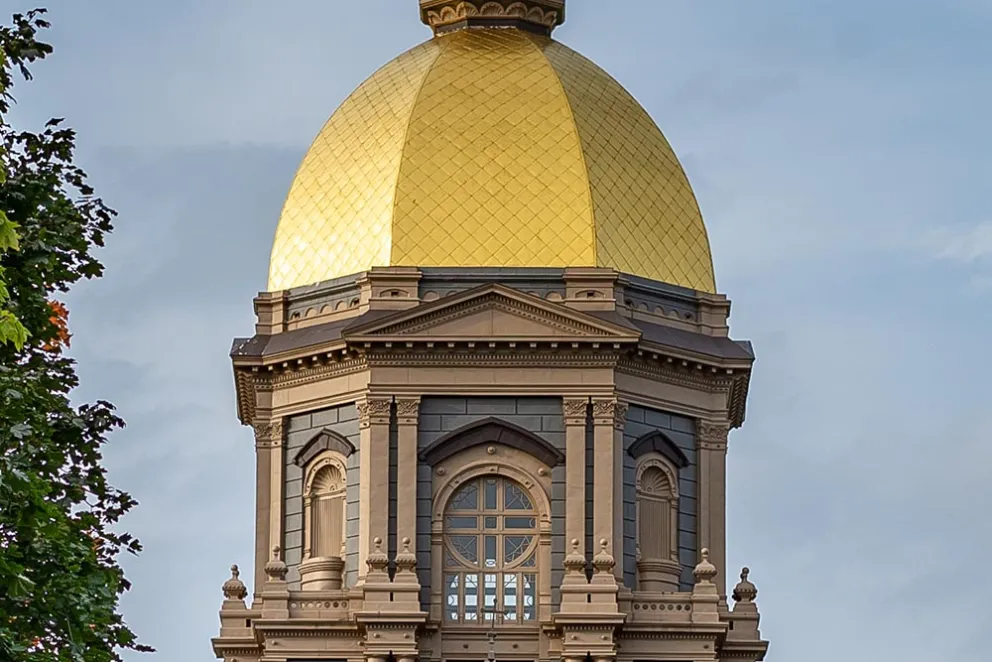
Pentax 645Z center of the frame: Nice sharpness, and the highlights on the sunny side of the Dome are easily tamed in post production.
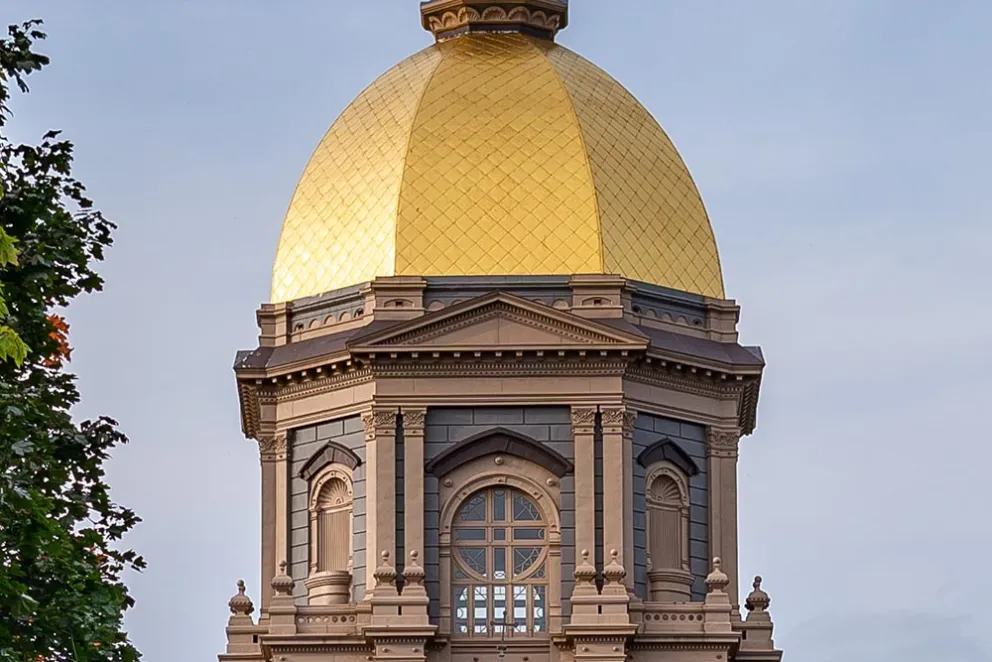
Nikon D850 center of the frame: Tiny, tiny bit less sharp than the Pentax file.
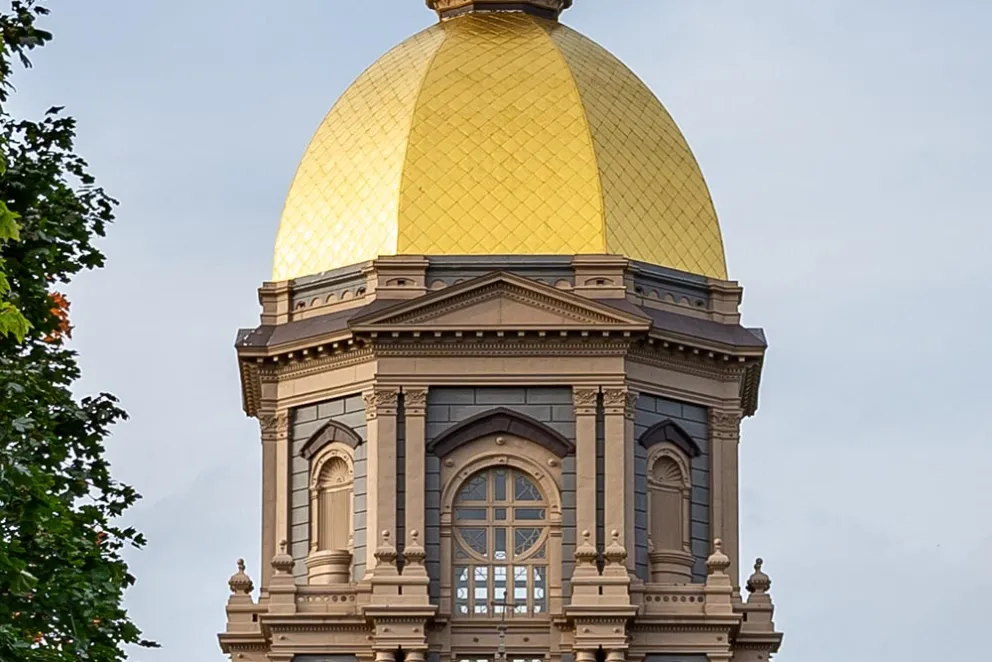
Nikon Z7 center of the frame: I'm splitting hairs to call it a teeny, tiny bit less sharp than the D850. Both the D850 and Z7 took a little more work to hold the highlight detail on the bright spot on the left side of the Dome.
But look at the edge of the frame...In my opinion the Nikon lenses are clearly better than the Pentax 55mm lens. I'd call it a draw on the D850 and the Z7, with the Pentax a dismal third.
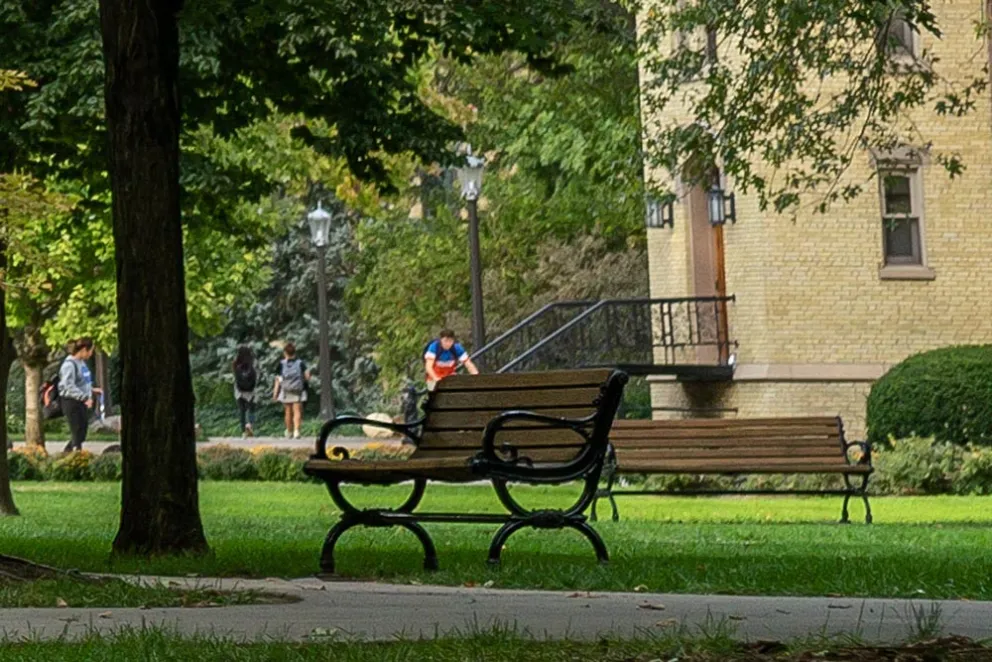
Pentax 645Z edge of frame: The latticework on the stair railing in the background is not detailed and the bricks look a little 'mushy.'
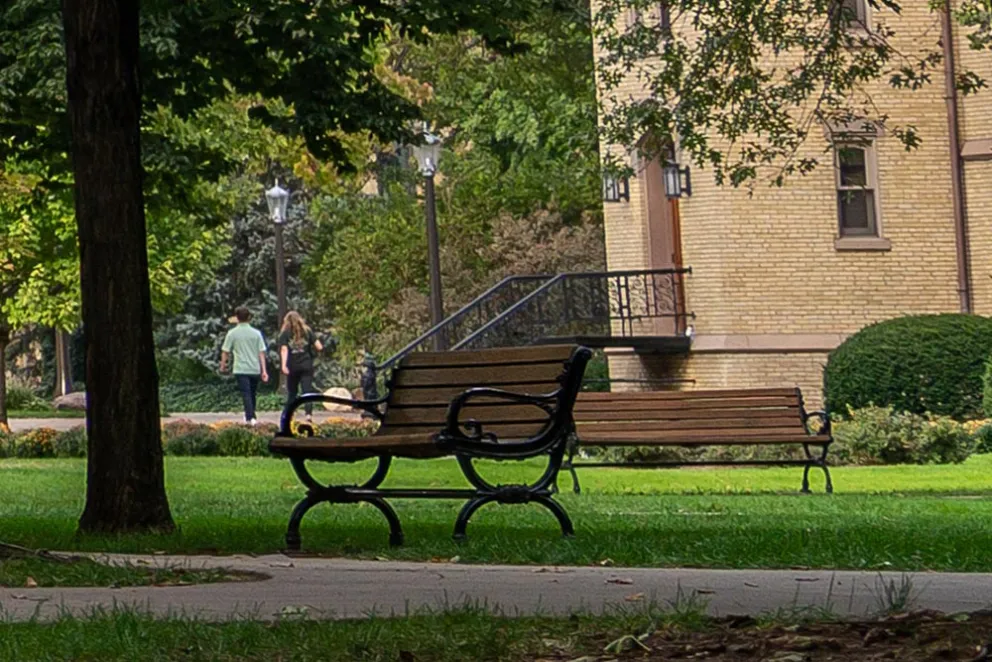
Nikon D850 edge of frame: The railing and bricks are clearer.
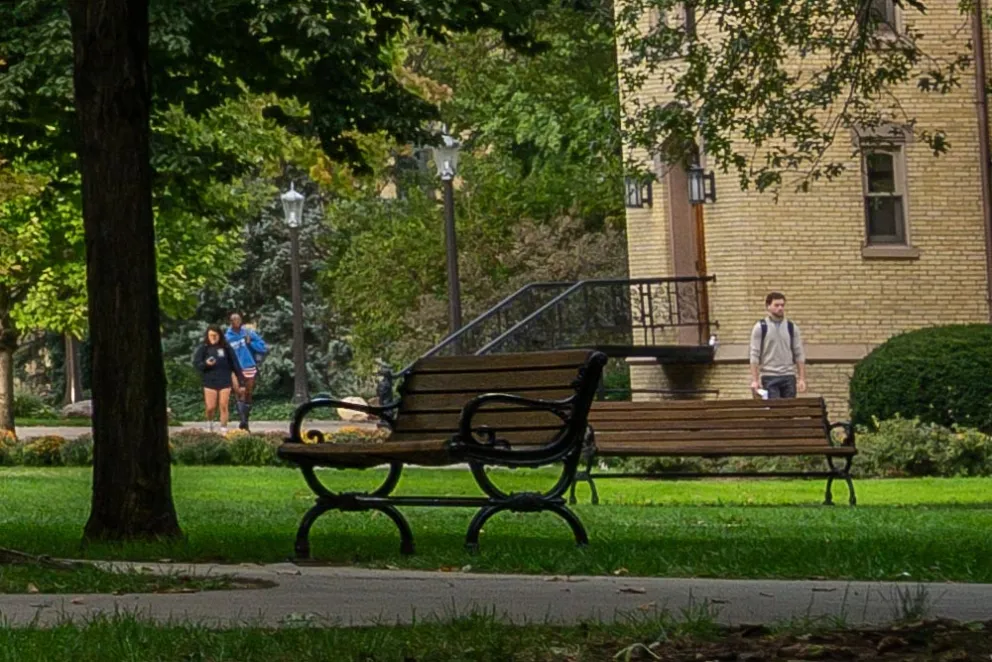
Nikon Z7 edge of frame: Sharpness and detail are on par with the D850.
Round 2: Indoors, dim artificial light
Each camera was shot at 3200 ISO wide open on a tripod. I ran the files through Adobe Camera Raw as if I were trying to make a legitimately publishable image--sort of a 'season to taste' approach, trying to find the right balance of sharpness and noise reduction for each file. Again, others may have different results with different software and/or more skill.
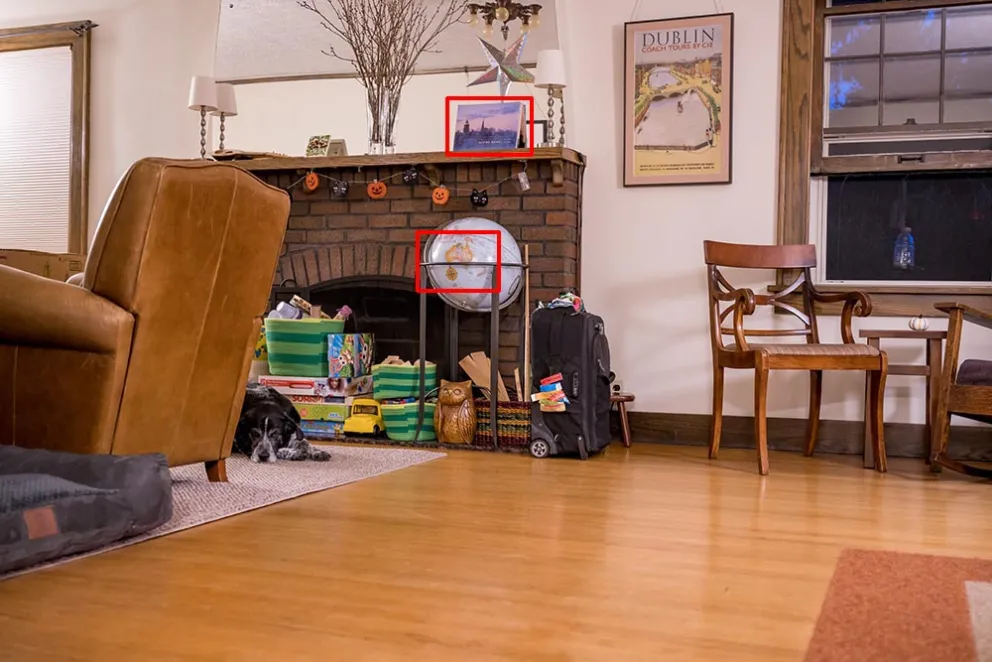
The un-cropped view of each camera, with enlarged sections noted in red boxes. The "edge" crop is less extreme in this test.
I found the Pentax was the clear winner in the center of the frame--the bigger photosites do result in less noise, more dynamic range, and more detail. But once again, the Pentax's sharpness drops off noticeably outside the center of the frame.
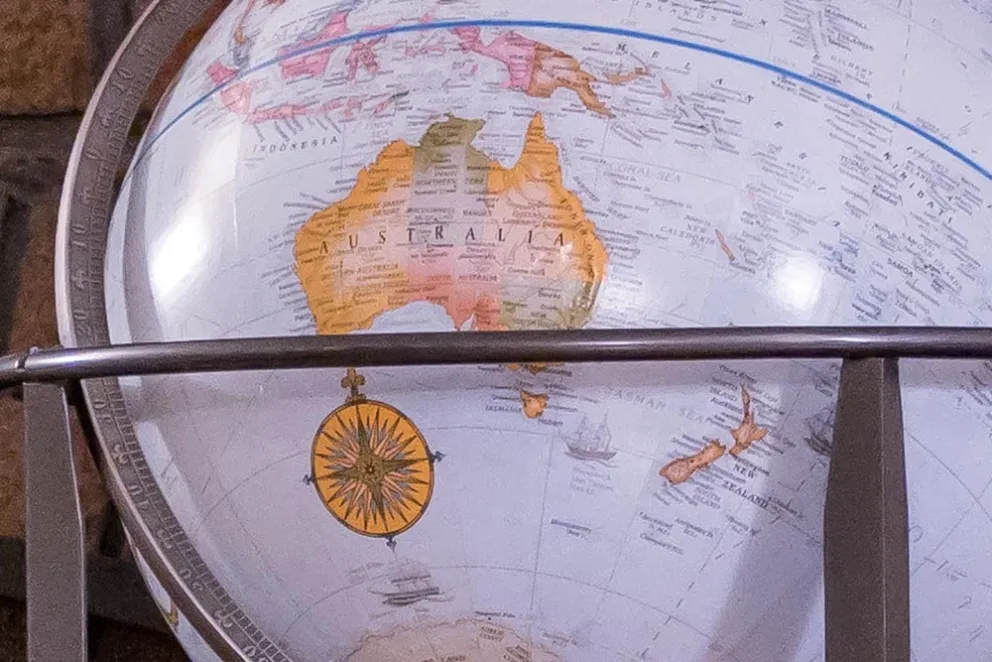
Pentax 645Z center of frame: The letters in "Australia" are clear and crisp, even the fine print on the globe is readable--It's possible to read the words "South Island" in New Zealand. ISO 3200 has very little noise as expected with the larger sensor.
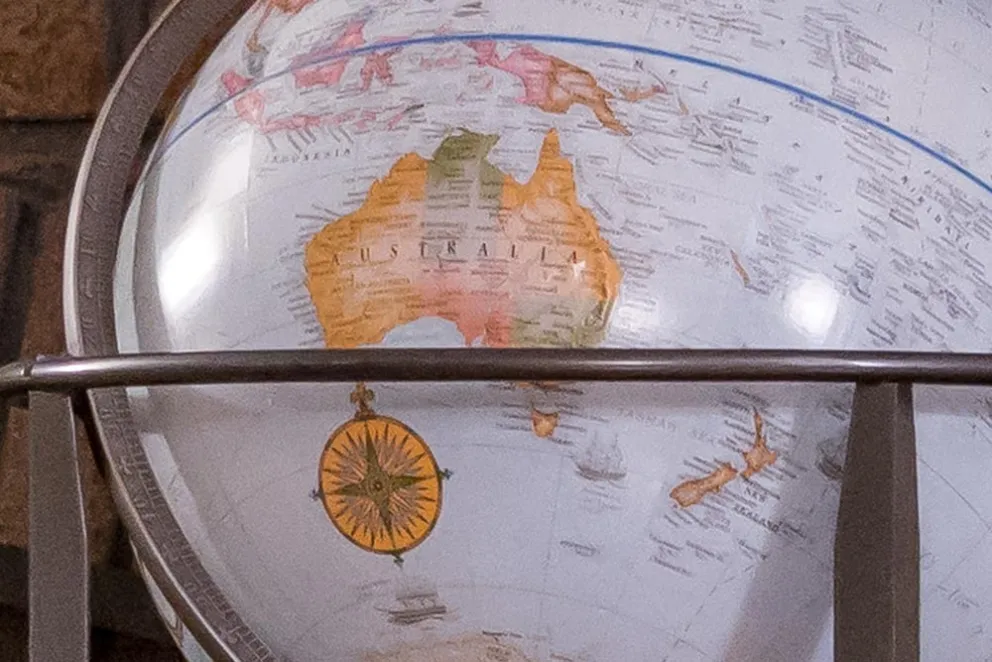
Nikon D850 center of frame: The letters in "Australia" are readable but not as sharp. Some of the fine print is not readable and the image appears a bit noisier than the Pentax file.
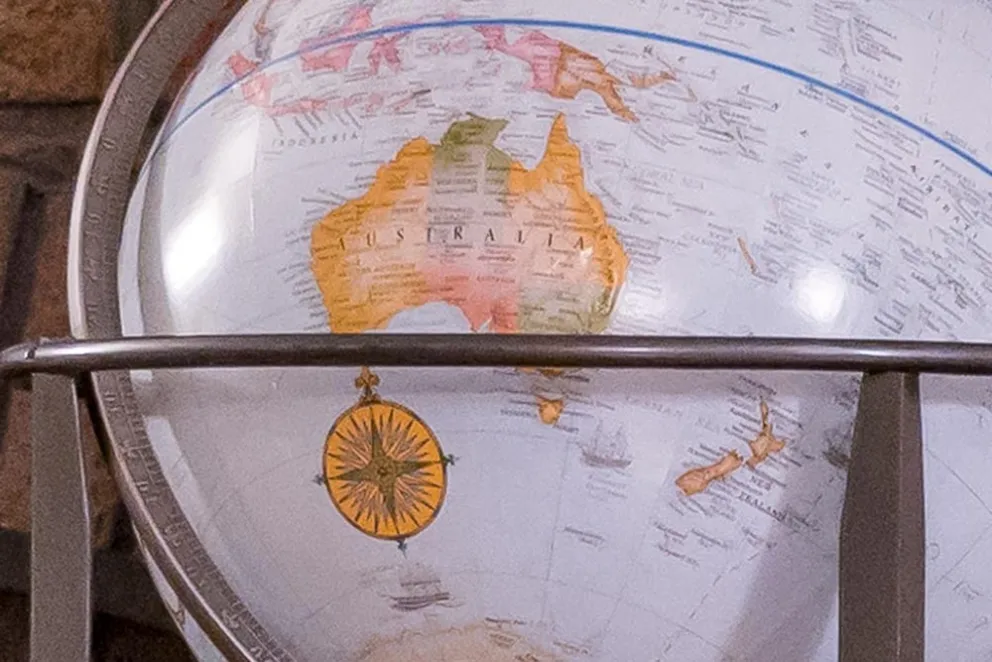
Nikon Z7 center of frame: More or less identical in sharpness, detail and noise to the D850.
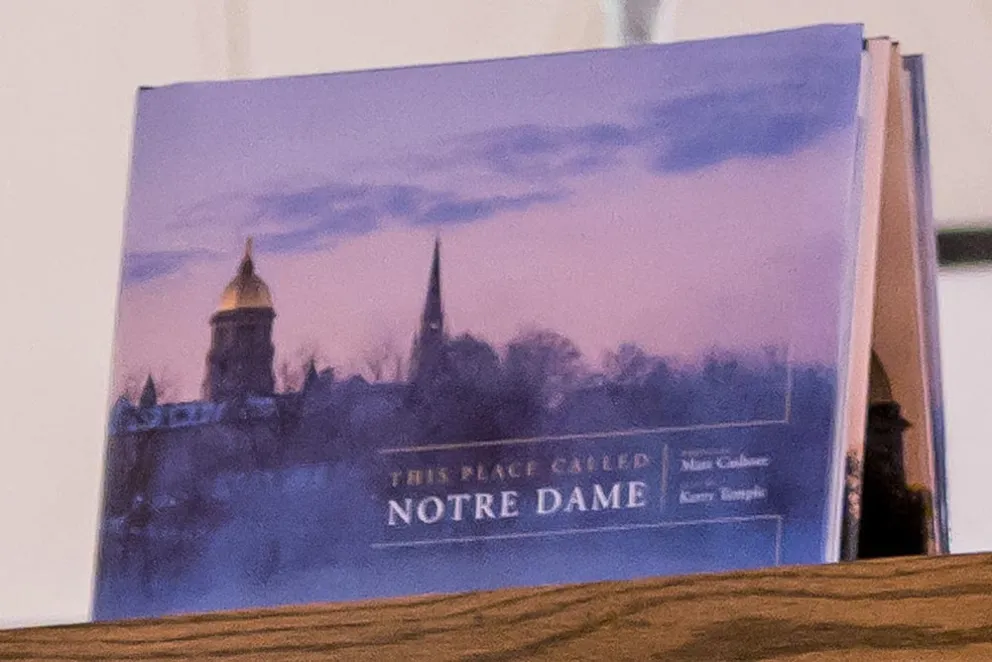
Pentax 645Z upper part of frame: That's a fine lookin' book, huh? Cover lettering is not tack sharp, though.
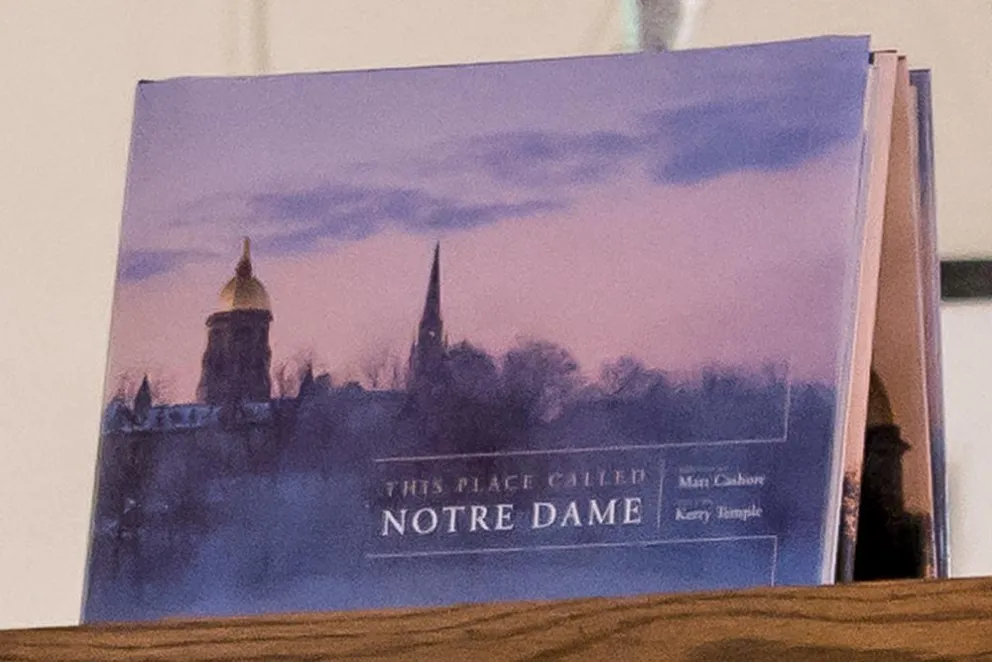
Nikon D850 upper part of frame: There's a bit more noise, but the lettering is clearly sharper.
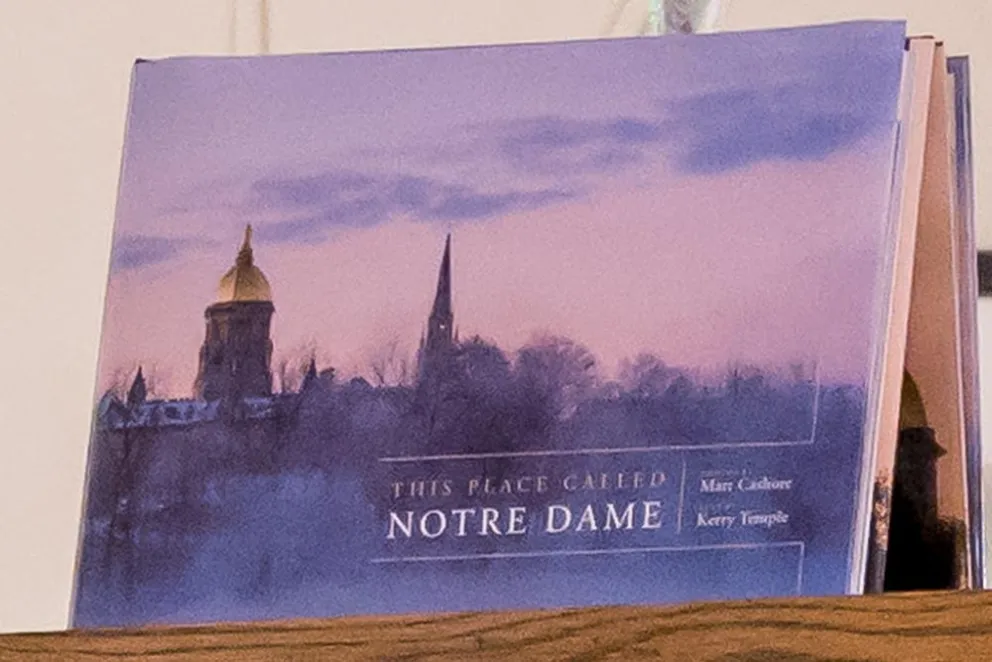
Nikon Z7 upper part of frame: Again, practically identical noise and sharpness to the D850. Excellent performance from a kit lens that is less than half the price of the 24-70 f2.8VR!
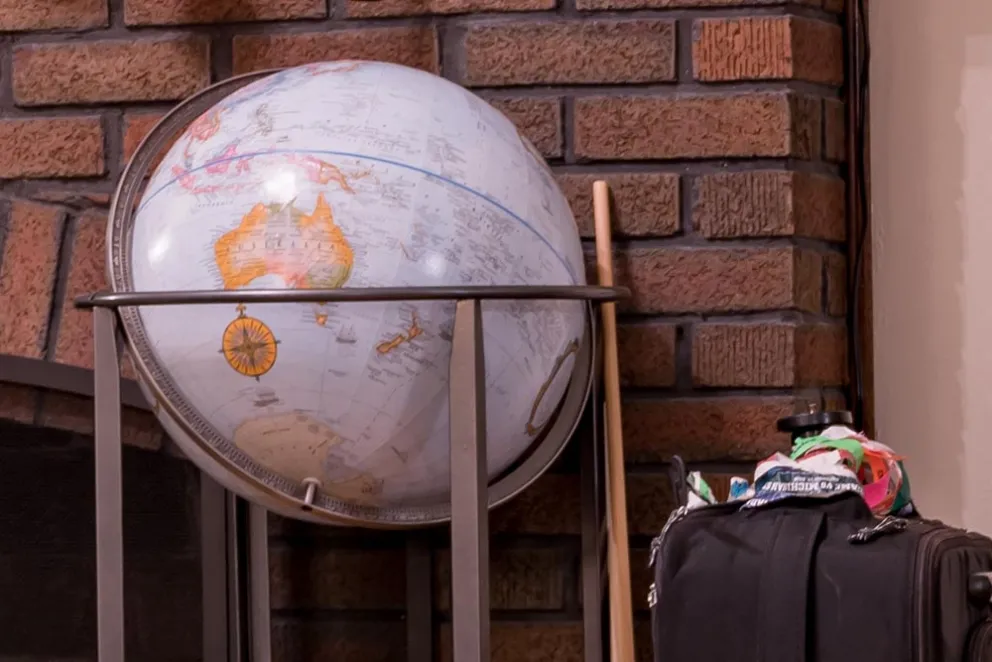
Nikon Z7 Bonus frame: This is handheld at 1 second. Yes, 1 full second!! Is it tack-sharp? No... But publishable? Yes. In-body stabilization works well!
Final evaluation? In my opinion, the Z7 image quality more than holds its own with the 645Z medium format digital. To return to the boxing metaphor from earlier: The Pentax wins in a split decision but the Z7 went the distance with the champ and got a few good licks in as well.
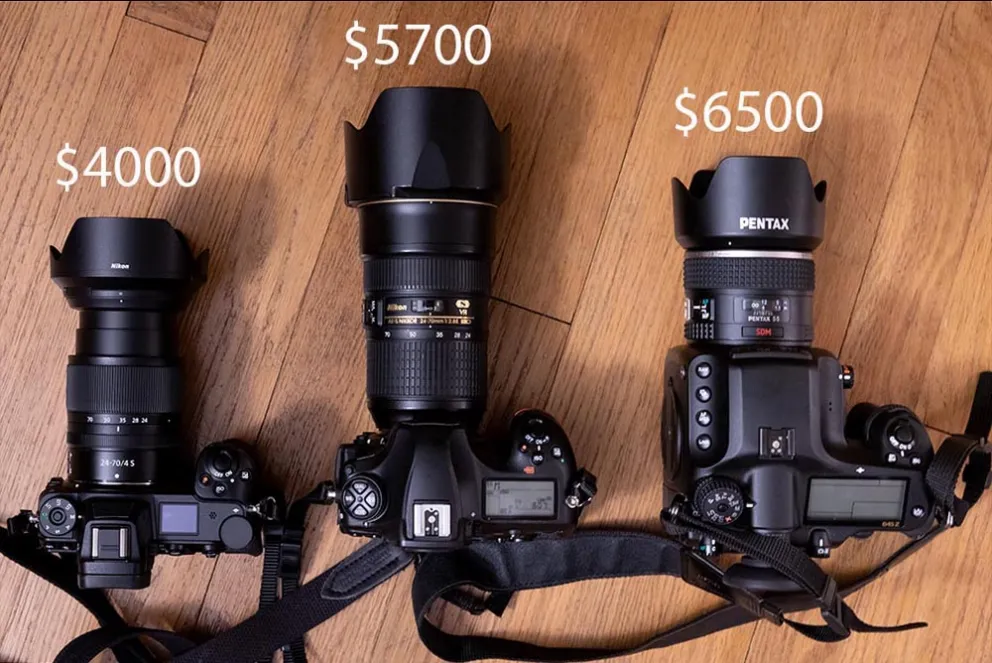
Left to right: Nikon Z7 and 24-70 f4, Nikon D850 and 24-70 f2.8 VR, Pentax 645Z and 55 f2.8 shown with current retail prices for combined lens/body as shown.
To mix another metaphor: "There's no replacement for displacement." Bigger sensors do bring noticeable benefits in noise handling generally but--at least with the Pentax combo tested for this article--sharpness and detail are superior in the center of the frame only. Perhaps other lenses (or other camera systems entirely) are better but the Pentax's 55mm lens loses sharpness noticeably toward the edges. Between the D850 and the Z7 it's a tossup, which in a way is a victory for the Z7 because it is lighter, smaller, and cheaper. If I can have essentially the same image quality for a fraction of the weight and price...I'll take it!
_________________________________________________________________________________
"How do you make an octopus laugh? With ten tickles!" Story submissions, comments...joke ideas...always welcome. Email editor Matt Cashore at mcashore@nd.edu